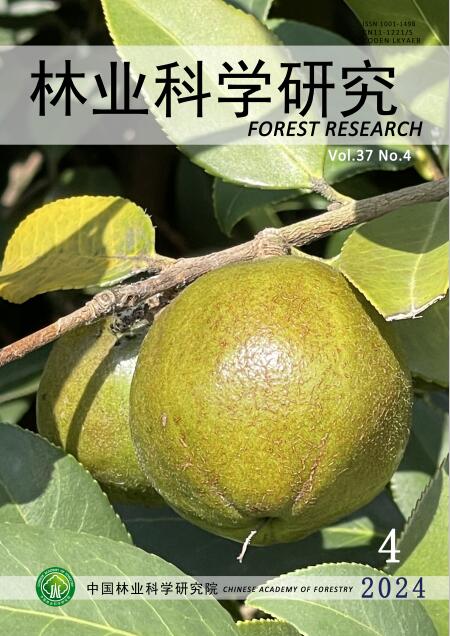尼日利亚埃基蒂州雨林和衍生大草原植被带森林生物多样性保护激励措施评估
Q4 Agricultural and Biological Sciences
引用次数: 6
摘要
本文研究了埃基蒂州热带雨林和衍生草原植被带森林生物多样性保护激励措施的评估。采用结构化问卷调查方法,了解森林保护激励措施的分配水平和对人民的影响。对收集的资料进行统计学分析,采用多元回归分析,置信限显著性水平为0.05。结果表明,个人因素对激励分配对森林保护和可持续发展的影响既有共同的影响,也有独立的影响。beta系数显示年龄对因变量的贡献是唯一显著的变量,而性别、婚姻状况和受教育程度对因变量的贡献不显著。政府参与保护森林的程度高于个人和神圣的努力来保护森林生物多样性。此外,雨林和衍生草原对森林保护和可持续发展的激励没有显著差异。因此,建议政府和非政府组织应将注意力转移到奖励分配给人民的森林保护和可持续生物多样性领域。本文章由计算机程序翻译,如有差异,请以英文原文为准。
Assessment of Incentives for Forest Biodiversity Conservation in Rainforest and Derived Savannah Vegetation Zones of Ekiti State, Nigeria
This paper examined the assessment of incentives for forest biodiversity conservation in rainforest and derived savannah vegetation zones of Ekiti State. Structured questionnaire was use to obtain information on the level of incentive allocation and impact of incentive measures to the people for forest conservation. Data collected were statistically analyzed with Multiple Regression analysis at 0.05 significance level of confidence limit. The results showed that personal factors jointly and independently influence respondents perception on the impact of incentive allocation for forest conservation and sustainability. The beta coefficient showed that the contribution of age to the dependent variable was the only significant variable while gender, marital status, and the level of education were not significant. The level of involvement of government in the conservation of forest is higher than personal and sacred efforts at conserving forest biodiversity. Furthermore, the result showed that there was no significant difference between the incentive allocated in rainforest and incentive allocated in derived savannah for forest conservation and sustainability. Therefore, it is recommend that, government and non-governmental organization should shift attention into the area of incentive allocation to the people for forest conservation and sustainable biodiversity.
求助全文
通过发布文献求助,成功后即可免费获取论文全文。
去求助
来源期刊

林业科学研究
Environmental Science-Ecology
CiteScore
0.90
自引率
0.00%
发文量
4834
期刊介绍:
Forestry Research is a comprehensive academic journal of forestry science organized by the Chinese Academy of Forestry. The main task is to reflect the latest research results, academic papers and research reports, scientific and technological developments and information on forestry science mainly organized by the Chinese Academy of Forestry, to promote academic exchanges at home and abroad, to carry out academic discussions, to flourish forestry science, and to better serve China's forestry construction.
The main contents are: forest seeds, seedling afforestation, forest plants, forest genetic breeding, tree physiology and biochemistry, forest insects, resource insects, forest pathology, forest microorganisms, forest birds and animals, forest soil, forest ecology, forest management, forest manager, forestry remote sensing, forestry biotechnology and other new technologies, new methods, and to increase the development strategy of forestry, the trend of development of disciplines, technology policies and strategies, etc., and to increase the forestry development strategy, the trend of development of disciplines, technology policies and strategies. It is suitable for scientists and technicians of forestry and related disciplines, teachers and students of colleges and universities, leaders and managers, and grassroots forestry workers.
 求助内容:
求助内容: 应助结果提醒方式:
应助结果提醒方式:


